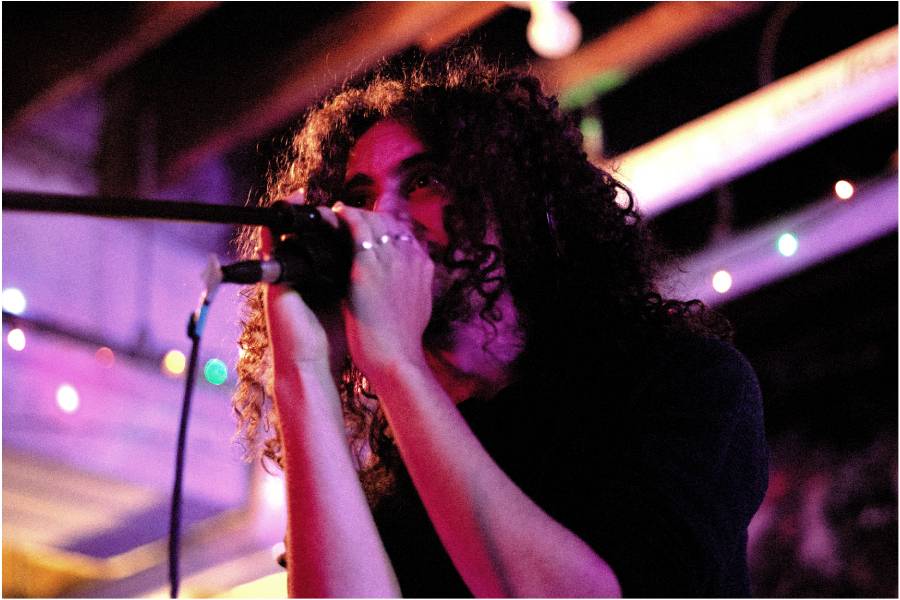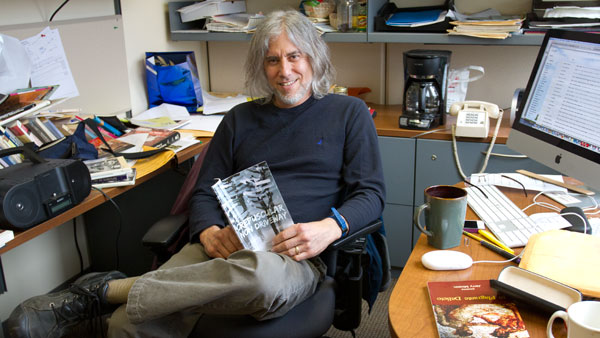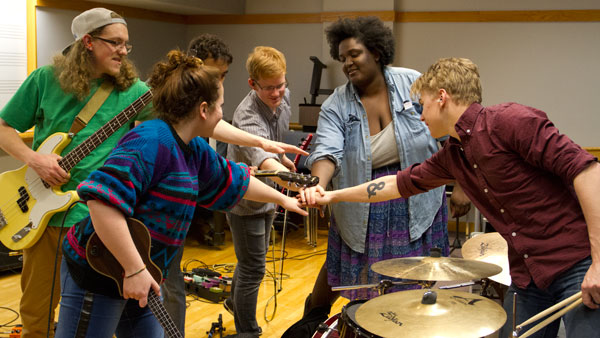A major part of college is partying and having the time of your life. When you hit senior year and realize you’ll soon be entering the dreaded “real world,” the partying usually gets stepped up a notch in a desperate attempt to ignore the inevitable. Author David J. Rosen understands the panic and outlines some interesting jobs in his book “What’s That Job and How the Hell Do I Get It?: The inside scoop on more than 50 cool jobs from the people who actually have them.” Unfortunately, he misses the mark with soon-to-be college grads.
“What’s That Job” is conveniently organized alphabetically, which makes it easy to flip through and find some interesting career options. Each career “chapter” gives a basic job description including what professionals do, where and how they work and what their overall lifestyle is like. Then there’s a handy pie chart, a pros and cons list, a “typical day” schedule and a few paragraphs on how to get into the field.
It all sounds good, but Rosen idealizes the jobs — even when he mentions how hard they are as a beginner. Most of the entries are about doing what you love or helping people. Things like paying the bills as the boutique owner or barely clawing your way to the top in any of the jobs that involve starting at the unpaid bottom get a happy-go-lucky, you’ll-get-there-eventually, glaze.
A few highlights of the book are legitimate jobs people may not have given much thought to. Being a music A&R (artists and repertoire) executive, band manager or a toy designer sounds cool but there are not many people who really think about breaking into those fields. Doula is another one you don’t hear much about. A doula “provides physical, emotional and informational support to women before, during and sometimes after their births.” Plus, you don’t need to go to college to be a doula.
Other than those gems, the book mostly covers jobs everyone has heard of, from teacher to investment banker. A few careers mentioned, too many really to forgive the oversight, require extensive studying — veterinarians or physical therapists both require an advanced degree. The most interesting chapter, however, is “Clergy” — clearly a field someone would go into just after reading a career book.
Plus the “people who have them” are missing from the meat of the text. Professionals in each field, most of whom are unheard of, are only briefly quoted in the margins of the pages. Hardly valuable advice.
For the few rare jobs mentioned earlier, the book does offer some helpful hints, but it’s more or less too late for most career paths by the end of 16th grade. Most entries recommend interning as much as possible, starting as young as possible. With no more health insurance and student loans to pay back, being an unpaid intern isn’t the most viable option. The other jobs are just blatantly impossible without another four to six years of a specialized degree — something your parents might not be too keen on helping with this time around.
“What’s That Job” is an interesting and informative book but not much help once you pass the point of no return (the semester when you can’t change your major again without extending your college experience). Though it would be a good gift for your little cousin graduating high school this year.
“What’s That Job and How the Hell Do I Get It?: The inside scoop on more than 50 cool jobs from the people who actually have them” was written by David J. Rosen. It recieved two out of four stars.




